Windows 11 offers a refreshed interface and significant improvements, making it an exciting upgrade for Windows 10 users. However, some individuals face issues when attempting to install Windows 11 on their PCs.
Although the installation process is typically simple, various factors can cause it to fail. It's crucial to ensure your computer meets the minimum system requirements for Windows 11. You can verify this manually or use Microsoft's PC Health Check App.
Below is a list of common error codes encountered during installation, along with their meanings, to help you diagnose and fix the issues preventing Windows 11 from installing on your system.
Common Windows 11 Installation Error Codes
If an error code appears during the failed installation, refer to the list below to understand the issue and how to address it.
| Error Code | Probable Issue |
| 0xc1900223 | This error indicates a problem with downloading and installing the update. Windows Update will try again later, so no action is needed on your part. |
| 0xC1900200 – 0x20008 0xC1900202 – 0x2008 |
Your PC doesn't meet the minimum requirements for Windows 11. |
| 0xC1900208 – 0x4000C | An incompatible app on your PC is blocking the installation. |
| 0xC1900107 | A cleanup from a previous installation attempt is pending. Restart your PC and try again. |
| 0x80073712 | A required file is damaged or missing. Repairing system files may resolve this issue. |
| 0x800F0923 | A driver or software on your PC isn't compatible with Windows 11. |
| 0x800F0922 | Your PC couldn't connect to Windows Update servers or there's insufficient space in the System Reserved partition. |
| Error: The update isn't applicable to your computer. | Your PC may lack required updates. Ensure all updates are installed before upgrading. |
| 0x80070070-0x50011 0x80070070 – 0x50012 0x80070070 – 0x60000 |
There's not enough disk space to install Windows 11. Free up space and try again. |
| 0xC1900101 0xC30017 |
An external device or third-party antivirus is causing interference. Disconnect external devices and disable antivirus software temporarily. |
| 0x8007042B 0x4000D |
An unexpected process interrupted the installation. Performing a clean boot may help. |
Source: Microsoft
If you didn't receive an error code, try the following methods to resolve the installation problem.
1. Bypass TPM and Secure Boot Check Using Registry Editor
If your system lacks TPM or Secure Boot, or enabling them doesn't fix the issue, you can bypass these checks via the Registry Editor.
Step 1: Press Windows+R to open the Run dialog box. Type regedit and press Enter to launch the Registry Editor.
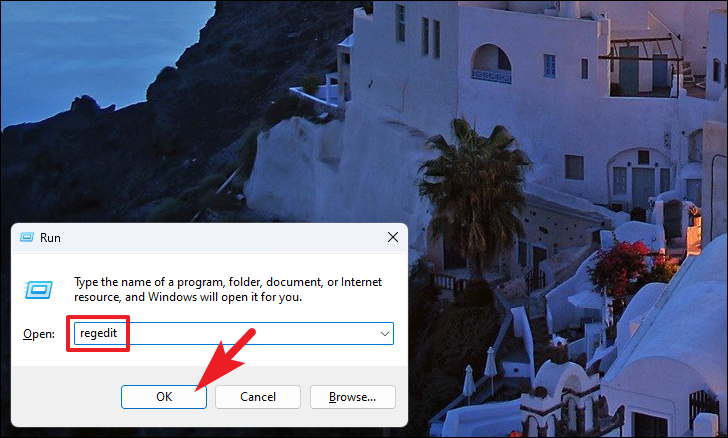
Step 2: Navigate to the following path:
Computer\HKEY_LOCAL_MACHINE\SYSTEM\Setup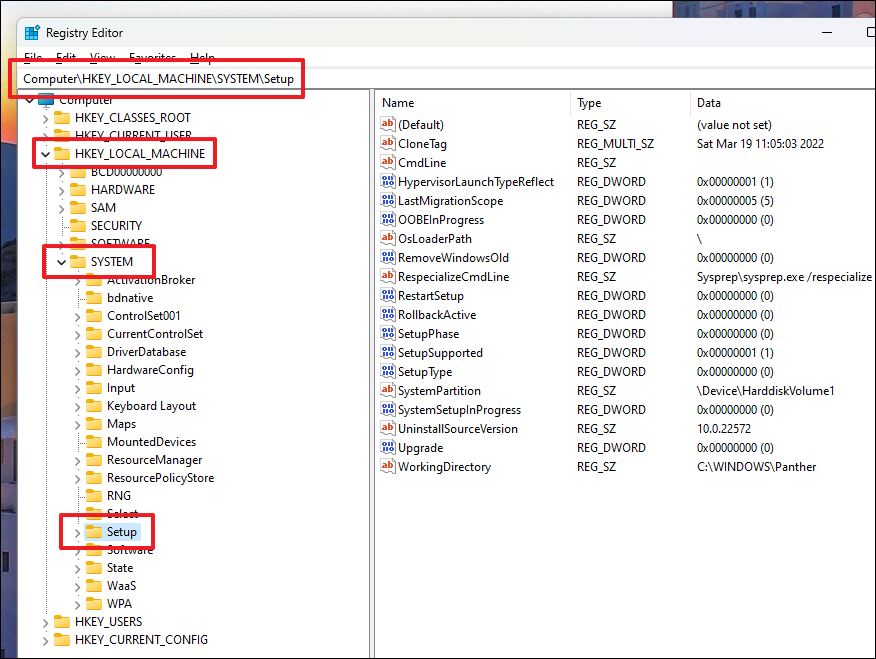
Step 3: Right-click on the Setup key, select New, then click Key. Name this new key LabConfig.

Step 4: With LabConfig selected, right-click in the right pane, hover over New, and choose DWORD (32-bit) Value. Create two DWORD values named BypassTPMCheck and BypassSecureBootCheck.

Step 5: Double-click on BypassTPMCheck, set the value data to 1, and click OK. Repeat this for BypassSecureBootCheck.
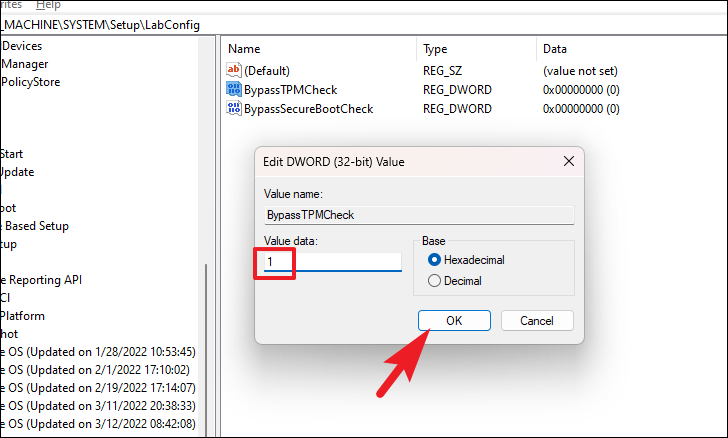
Step 6: Close the Registry Editor and restart your computer. Attempt the Windows 11 installation again.
2. Enable TPM and Secure Boot from the BIOS Setup
Enabling TPM and Secure Boot can resolve installation issues, as these are required for Windows 11.
Step 1: Press Windows+I to open Settings. Click on Update & Security.

Step 2: Select Recovery from the left menu. Under Advanced startup, click Restart now.
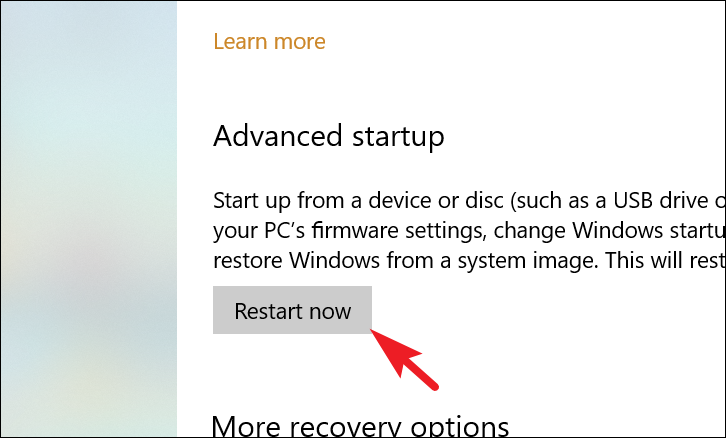
Step 3: After restarting, choose Troubleshoot, then Advanced options. Click on UEFI Firmware Settings and select Restart to enter BIOS.

Step 4: In the BIOS menu, navigate to the Security tab. Find TPM or Trusted Platform Module and enable it.
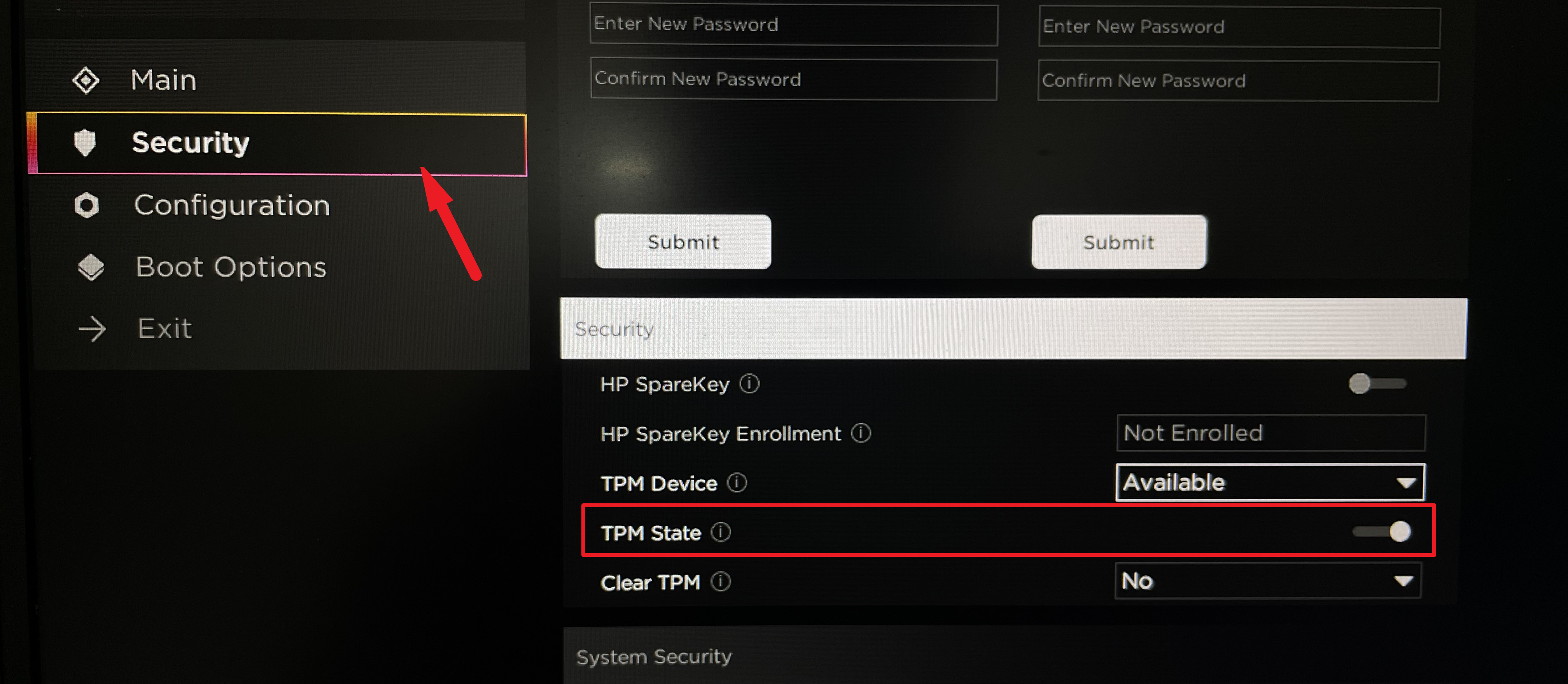
Step 5: Go to the Boot tab and enable Secure Boot.

Step 6: Save changes and exit BIOS. Your PC will restart. Try the Windows 11 installation again.
3. Uninstall Graphics Drivers from Your System
Sometimes, graphics drivers can interfere with the installation. Uninstalling them may resolve the issue. They will be reinstalled automatically after the upgrade.
Step 1: Press Windows+R, type devmgmt.msc, and press Enter to open Device Manager.
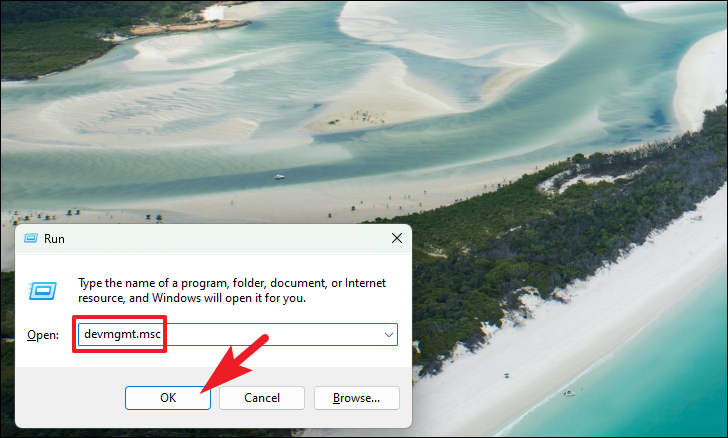
Step 2: Expand Display adapters. Right-click your graphics driver and select Uninstall device.
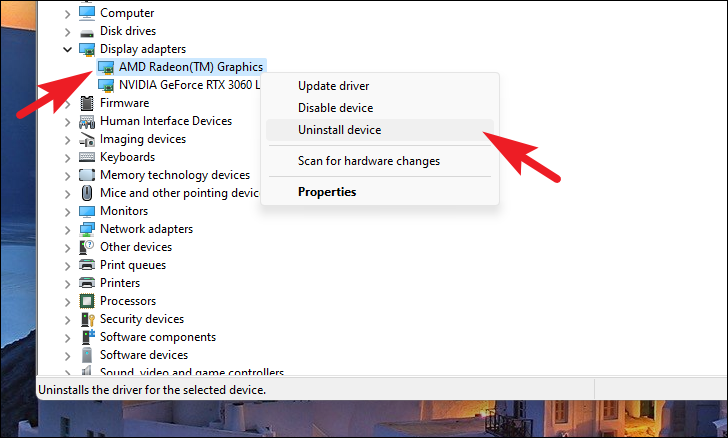
Step 3: Check Attempt to remove the driver for this device and click Uninstall.

Step 4: Restart your PC and try installing Windows 11 again.
4. Perform a Clean Boot on Your System
A clean boot starts Windows with a minimal set of drivers and startup programs, which can help eliminate software conflicts during installation.
Step 1: Press Windows+R, type msconfig, and press Enter to open System Configuration.
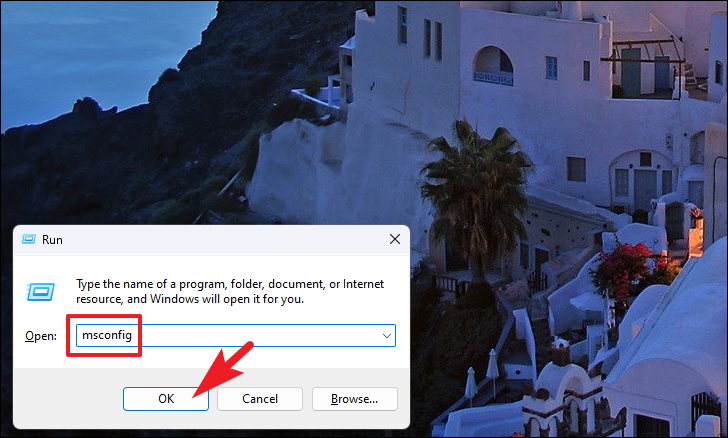
Step 2: Under the General tab, select Selective startup and uncheck Load startup items. Ensure Load system services is checked.

Step 3: Go to the Services tab. Check Hide all Microsoft services and then click Disable all.
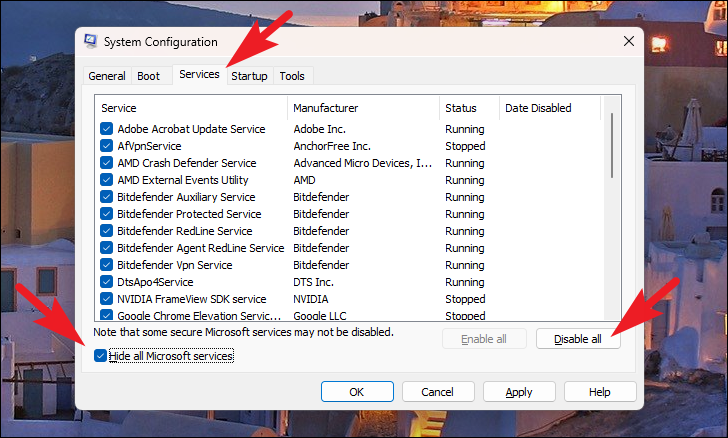
Step 4: Click Apply and OK. Restart your PC when prompted.
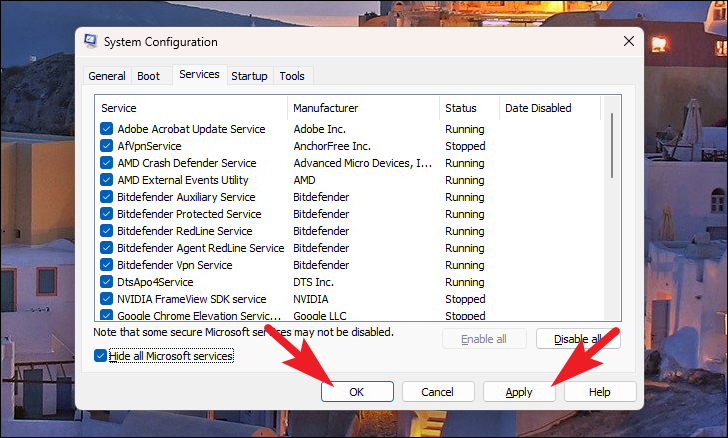
Step 5: After restarting, attempt the Windows 11 installation again.
By trying these methods, you should be able to overcome installation issues and upgrade to Windows 11 successfully.


